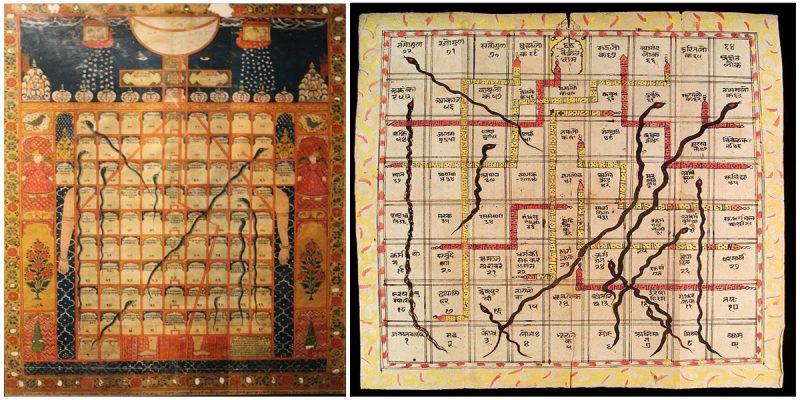Snakes and Ladders is an ancient board, game regarded today as a worldwide classic. It originated in India as part of a family of dice board games, including pachisi. It was known as Moksha Patam, Vaikunthapaali, or Paramapada Sopaanam.
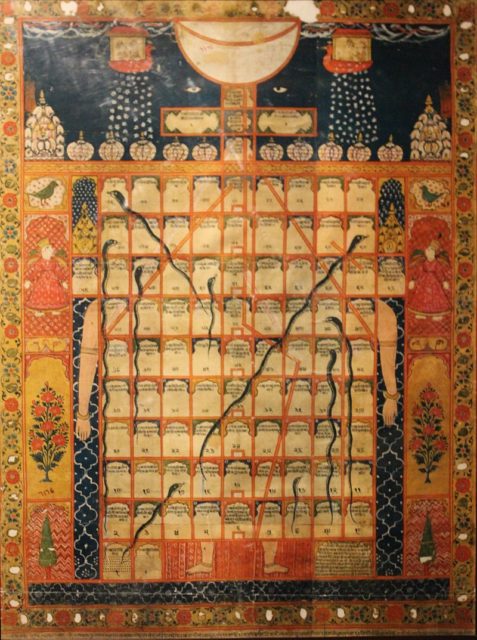
It is played between two or more players on a game board with numbered, gridded squares. A number of ladders and snakes are pictured on the board, each connecting two specific board squares.
The object of the game is to navigate one’s game piece, according to die rolls, from the start to the finish, helped or hindered by ladders and snakes respectively.
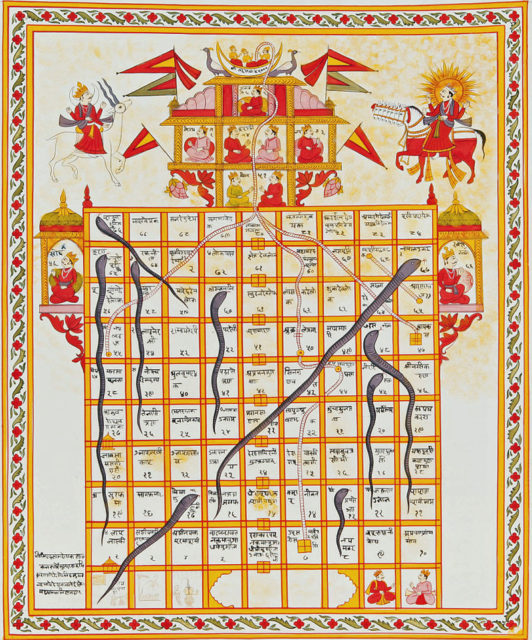
The game was associated with traditional Hindu philosophy contrasting karma and kama, or destiny and desire. The games have also been interpreted and used as a tool for teaching the effects of good deeds versus bad.
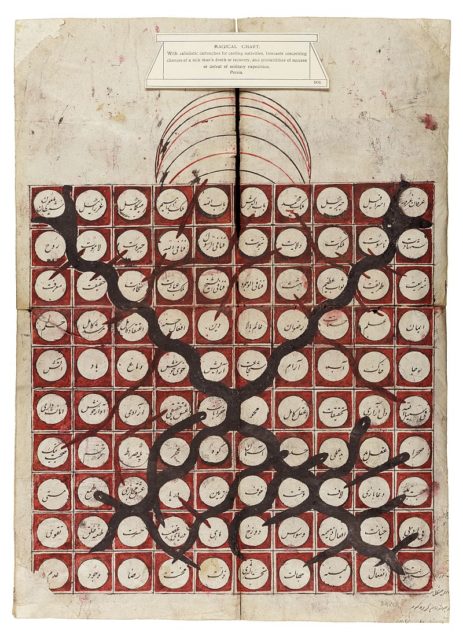
The morality of the game must have appealed to the Victorians, who took the game and published it in 1892 in England. Called Snakes and Ladders, the gameplay was pretty much the same but some of the vices and virtues were renamed according to Victorian ideals.
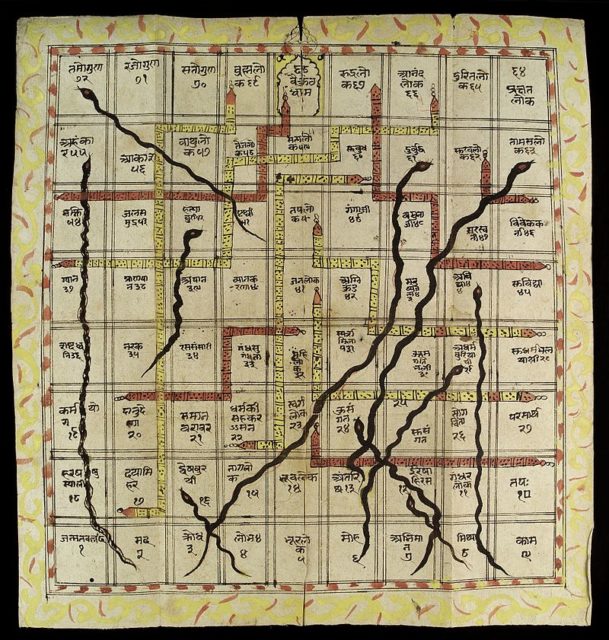
The board of the game was covered with symbolic images, the top featuring gods, angels, and majestic creatures, while the rest of the board was covered with pictures of animals, flowers, and people.
The ladders represented virtues such as generosity, faith, and humility, while the snakes represented vices such as lust, anger, murder, and theft.
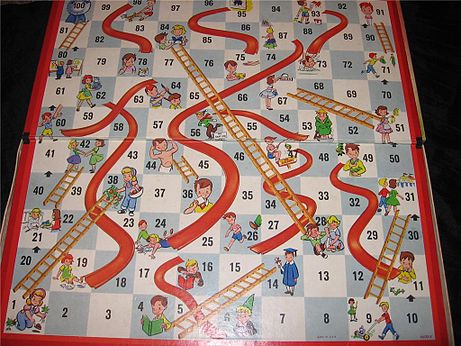
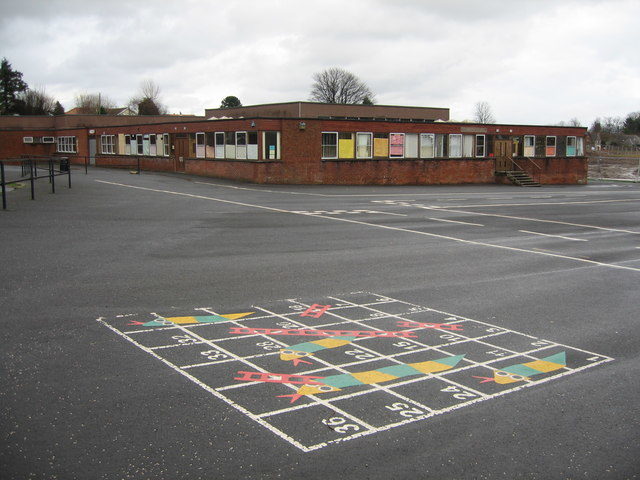
In popular culture, the game is a central metaphor of Salman Rushdie’s Midnight’s Children.
He was inspired by the game’s philosophy, which captures the eternal truth that for every ladder you hope to climb, a snake is waiting just around the corner, and for every snake, a ladder will compensate.
